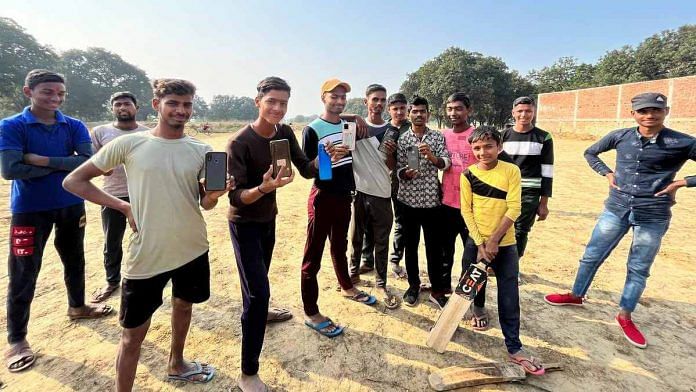Prayagraj/Lucknow: Afternoons are for charging phone batteries up to 100 per cent, evenings are for playing digital games in sportsgrounds, and nights are for climbing rooftops to catch the network signal. This is when mobile data is the cheapest and fastest, and so it’s the perfect time to plunge into the three Ps: political propaganda, pornography, and potboilers like the action-drama Pushpa, which is currently all the rage.
This is how many among Uttar Pradesh’s “generation nowhere”, a term that scholar Craig Jeffrey has used to describe educated, unemployed youth in India, spend their days.
There are few job prospects, college degrees gather more dust every year, and there is usually no family money to bank on, but these youth do have something to keep the abyss at bay: their standard daily quota of 2GB of data.
A generation ago, masses of educated but jobless 20-somethings might have produced a wave of social anger, but while there are sporadic protests about unemployment, these tend to be siloised, like the violence that erupted last month in UP and Bihar over railway recruitments.
The more pervasive trend in the 2020s among unemployed youth, however, is the pursuit of distraction. When anger or despair do arise in this brave new world, they are usually quickly scrolled away and quietened by hours on Instagram reels.
As Sheesh Ram, a 26-year-old aspiring teacher from a village near Prayagraj (formerly Allahabad) put it, playing on a famous 2016 quip by Bihar leader Lalu Prasad Yadav:
“Ghar mein nahin hai aata, lekin humko chahiye phone mein data (There is no food in the house but we need data in our mobiles).”
गरीब डाटा खायेगा या आटा? डाटा सस्ता,आटा मंहगा
यही इनकी देश बदलने की परिभाषा है।लगे हाथ ये भी बता दो, काल ड्रॉप की समस्या कौन सुलझाएगा?
— Lalu Prasad Yadav (@laluprasadrjd) September 3, 2016
Uttar Pradesh is home to about a sixth of India’s population — well over 20 crore — and is one of the youngest states in the country (the median age was 20 in 2016). Ahead of the ongoing assembly polls, the state government made much of the unemployment rate going down in UP. And indeed, according to the Centre for Monitoring Indian Economy (CMIE), UP’s unemployment rate in January 2022 was a seemingly rosy 3 per cent. However, as the CMIE itself notes, the unemployment rate “is not India’s most important labour market indicator” since it only points towards how many working-age people want to be employed but are not.
As analysts have pointed out, the unemployment rate needs to be seen in conjunction with the labour force participation rate (LFPR), which refers to those above the age of 15 who either already have a job or are actively looking for one. For UP, the LFPR has declined from over 45 per cent in the first half of 2016 to around 34 per cent at the end of 2021, which means many people have dropped out of the labour force, for reasons that may include migration as well as just not looking for jobs any longer.
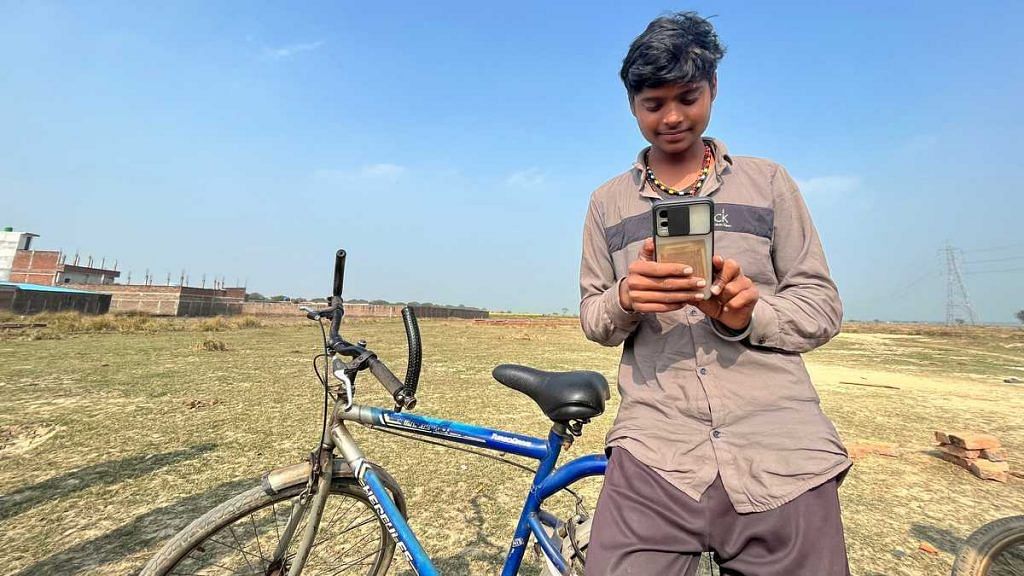
ThePrint travelled across cities and rural areas in Uttar Pradesh and met many young people at chai stalls, malls, cinema halls, playing fields, and campuses. Yet, there was little in the way of youthful exuberance or even election-related debate to be seen in these hang-out spots.
In his 2010 book Timepass: Youth, Class and the Politics of Waiting, Craig Jeffrey described UP youths flaunting their cell phones as markers of “cultural distinction” and using them for conversations. But over a decade later, this seems to have changed. People use their phones not so much to talk, but to avoid talking, heads down and fingers swiping and scrolling. More than swapping secrets and snacks, a sign of close friendship is sharing a mobile hotspot.
“Now the collective timepass has been replaced by individual timepass,” Ram Baboo Tiwari, a PhD scholar from Banda district, said.
Also Read: Key to India’s biggest election? Creating jobs for people of UP, not jobs in UP
Top-ups on their mind and mobiles in their hands
Harshal Yadav, 22, an aspirant for the Staff Selection Commission (SSC) exam for government jobs, follows a rigorous daily ritual. It was no different on 5 February. At noon, he put his Realme 9 Pro mobile on charge. Three hours later, he returned to retrieve the phone, the battery bar at a satisfying 100 per cent. He picked up earphones from the charpoy (rope bed) and left the house for a playing field on the outskirts of his village, Dharampur Urf Dhurwa, in Prayagraj district.
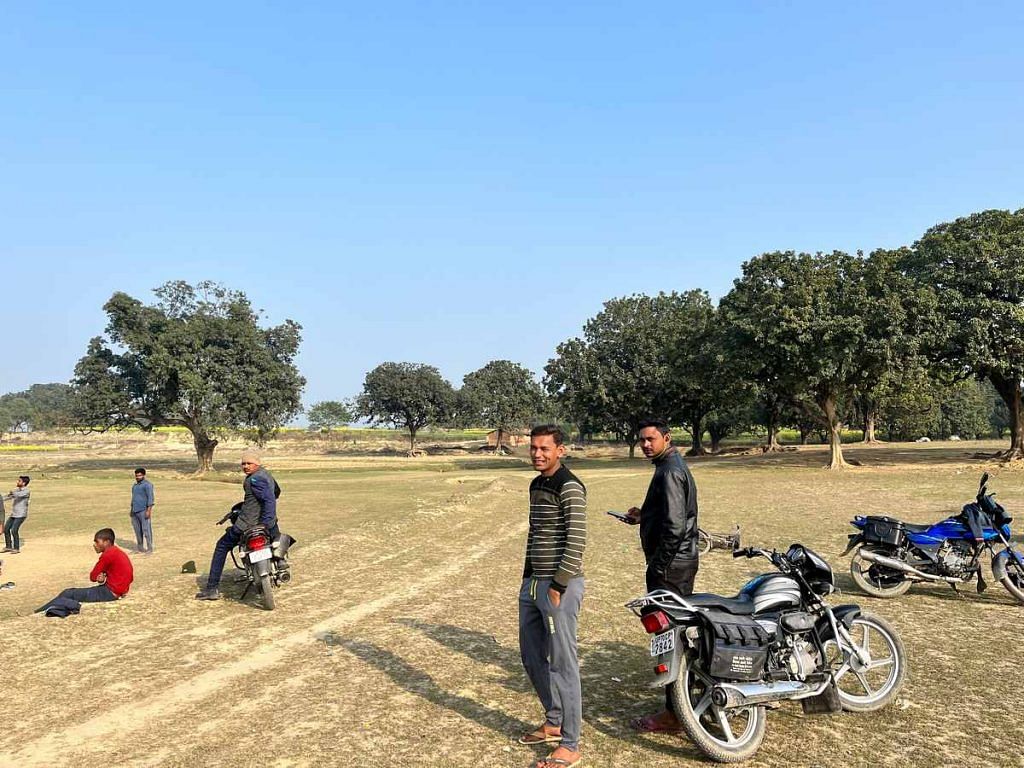
At the muddy sportsground, boys and men between the ages of 15 and 35 gathered to play volleyball. Yadav and a few others sat at a distance, where some bikes were parked. Their attention, however, was not on the game. With their heads down and eyes on their phone screens, the young men switched from one app to another. Some played the game FreeFire, while others watched Insta reels set to songs from Pushpa.
Yadav opened a few career apps but after a while could not resist the pull of some short videos on Facebook. After a while, this group got up to join the game, and another set of men occupied the spot. Again, heads down and endless scrolling.
A generation ago, youngsters chatting on rooftops, playing cricket, football, volleyball, and kabaddi in open grounds, strolling in the lanes, and loitering at tea stalls were a common sight in villages.
Pawan Kumar, a Dharampur Urf Dhurwa resident in his 30s who joined the Army 11 years ago, remembers such a time. “There used to be two army recruitments every year, and the playground and roads leading the villages used to be full of young boys running day and night. Those who wanted to study did competitive exams and participated in student politics,” he said, adding that there had been a decline in police and Army recruitments over the years.
“When was the last time any villagers heard of youngsters joining SSC jobs? Things are stagnant. So, what will these 50 youngsters of my village do? They will kill time on the internet,” Pawan said.
Vivan Marwaha, whose book What Millennials Want: Decoding the Largest Generation in the World came out last year, believes that Indian youth are stuck in a “vicious cycle” of unemployment and lack of opportunity. “There simply aren’t enough good-paying, stable jobs available to the millions joining the workforce every year,” Marwaha said. “As a result, increasing numbers of young men and women pass their time on their phones, or scrolling through social media.”
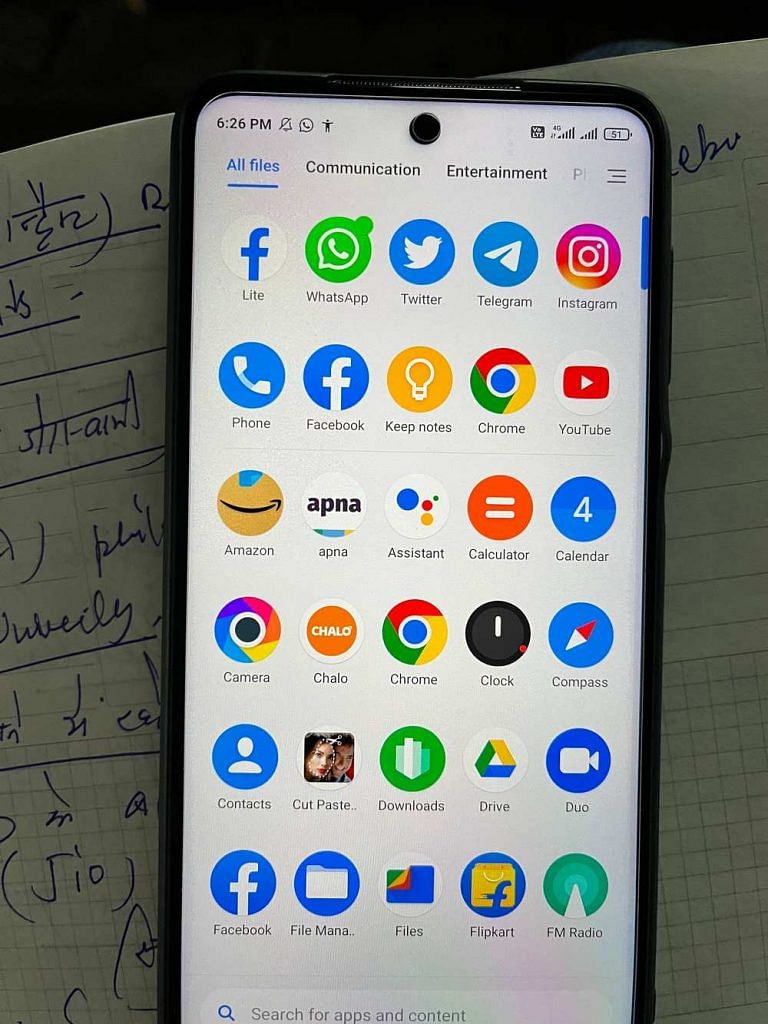
Many youngsters in UP are aware that their attachment to their phones is a symptom of a deeper malaise, but they say it is not just about “timepass”.
Sheesh Ram, who also lives in Dharampur Urf Dhurwa and has a BA pass degree, described the phenomenon almost as if it were a talismanic ritual.
“Youths are using their phones to channelise their frustration… they are no longer doing timepass… they are spending long periods on charging, recharging, and using the cell phones,” he said.
Phones also help keep another emotion at bay: shame.
“This way we avoid the most dreaded question: ‘Kya kar rahe ho aajkal (what are you doing these days)’,” Yadav, who has a diploma from an Industrial Training Institute, said.
Also Read: Unemployed for years, craving govt job: Why story of Bihar’s youth is of struggle & despair
Living in suspended animation
In the Budget session earlier this month, the government announced its aim to create 60 lakh jobs in the next five years to “empower” the youth.
But, vacancies in much-coveted government jobs have declined steadily over the years. In 2018, there were headlines about 93,000 candidates, including 3,700 PhDs, 28,000 postgraduates, and 50,000 graduates applying for 62 peon-level posts in the UP police. The situation hasn’t improved. For instance, the railway recruitment board exams last year reportedly saw 1.15 crore aspirants register for a shot at 35,208 vacancies for non-technical popular category (NTPC) posts. There have even been reports about some UP graduates seeking unskilled manual work under the Mahatma Gandhi National Rural Employment Guarantee Act (MGNREGA).
“Preparing” for a job in this scenario feels rather like taking a shot at the lottery. There is only so much you can do.
In Dalmau, a small town in Raebareli district, 26-year-old Jai Shankar has an impressive list of degrees — BSc., MSc., B.Ed. — and is now preparing for a government teacher’s job. When asked how long he has been at it, he said, “Five years”.
Shankar returned to Dalmau when he could no longer afford to live in Prayagraj. He now helps out at his father’s tea stall. Between serving patrons, he picks up his phone and feels a sense of relief.
“As long as the internet works, it’s all good. Sometimes I unlock the phone to look up the answer for a GK section, but then I end up opening Telegram and WhatsApp groups. So much time goes into Facebook daily trends,” he said.
In Hatwa Abbaspur village, Kaushambi district, Sujeet Dwivedi, 21, is an SSC aspirant and law student. From the morning, he anxiously counts the minutes to the most exciting part of the day. As soon as he finishes dinner, he climbs the rooftop to catch the network in his village. He sits there playing FreeFire for the next three hours, all alone.
In big city Prayagraj, too, many of the young unemployed structure their days (and nights) around their mobile use.
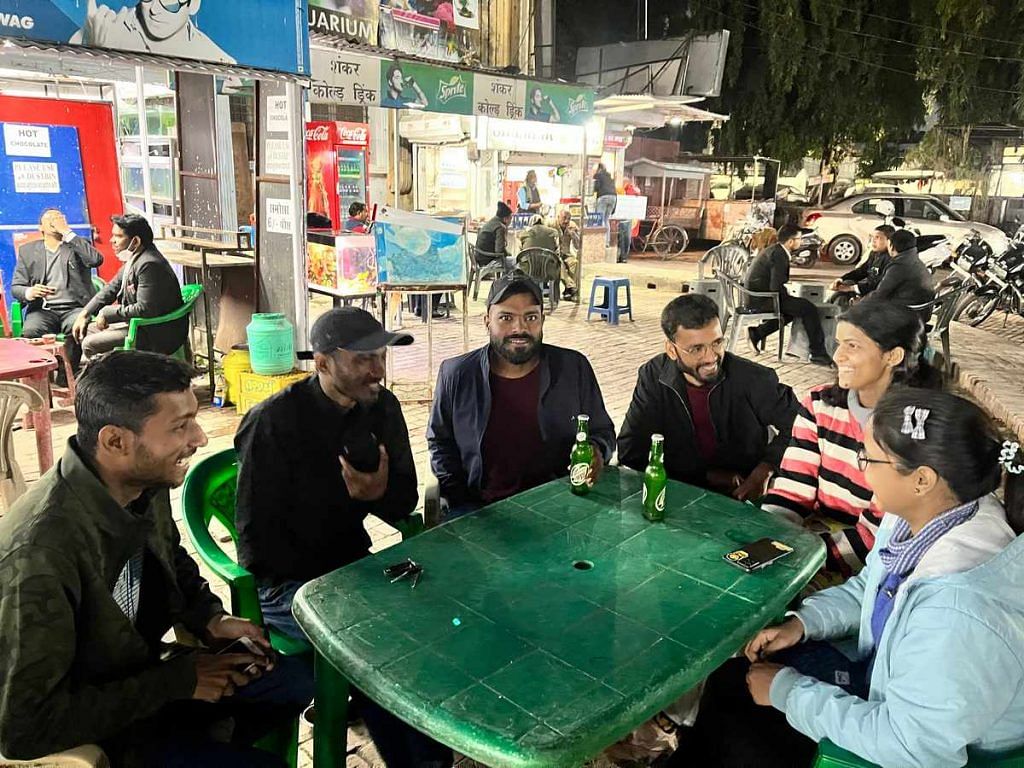
Lakshmi Talkies in Katra, Prayagraj, is a popular spot for young people to grab a snack and shoot the breeze. On a cool evening on 4 February, a group of six — four men and two women, all aged between 20 and 25 — gathered at a table to sip Mountain Dew. All are government job seekers from middle-class families, and all said they sought succour in their phones.
“At 1.40 am my Jio data starts. I watch Insta reels until my data is exhausted. I sleep around 4 o’clock and wake up late in the morning. It has become an addiction. In the daytime, I prepare for exams,” Ankit Patel, 24, said.
Madhuri Saini, 23, on the other hand, unwinds by watching skincare videos and fashion vloggers on Insta. Occasionally, she googles general knowledge questions. Her flatmate Vineeta Pandey, 23, has similar habits and spends most of her data on Instagram.
Ajeet Sonkar, president of the Pratiyogi Chhatra Sangh, a body that represents students preparing for competitive exams, said that many young people were succumbing to “internet addiction” and drug abuse.
“Logon se katte ja rahe hain (They are getting cut off from others),” he said.
“For every exam that the government announces, the minimum number of students applying is nothing less than four lakh. The long period of waiting for the notification, then exam dates, then results in the announcement, and then joining… it all takes four to five years.”
However, those stuck in this extended in-between zone do occasionally show initiative to earn money in some way or the other, even if it’s to make just enough to fund their habit.
Also Read: Neha Singh Rathore: How ‘not-so-confident’ poet began singing truth to power with Bhojpuri rap
Funding the habit
“Most of the youth have no interest in agriculture, running, old games like kabaddi, kho-kho,” complained Rampal Singh, 68, from Poore Suradas village of Prayagraj. He was only partly right: young men in villages often participate in local cricket matches, especially if there is some kind of reward involved.
“This is also to win some money to recharge our phones, no?” Harshal Yadav said, also listing several other funding strategies for data.
“Some port their SIM within months and enjoy free data, some emotionally manipulate parents to give them some money, some save from scholarship allowances. Those that don’t have all these options take odd jobs as receptionists or delivery boys for internet recharge. If not 2GB, then at least 1 GB recharge is a must,” he added.
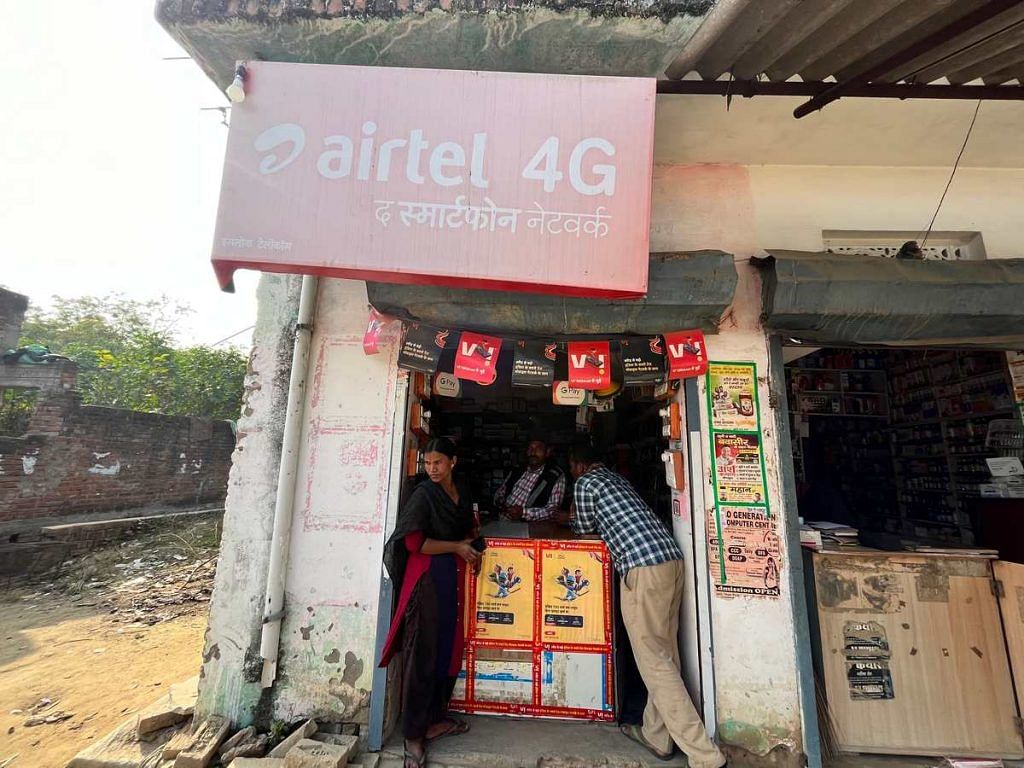
All the young men in Harshal Yadav’s group are partial to 2GB daily data plans. “One hour on YouTube, half an hour on Insta reels, and some memes on Facebook. You are done for the day,” Mahaan Singh, 22, who works as a medicine supplier in Prayagraj city to meet personal expenses, said.
India no longer has the cheapest mobile data in the world, a distinction that it enjoyed until 2020, but it’s still relatively inexpensive. Among UP’s youth, the most popular plans are from Reliance-owned Jio: Rs 249 for 2GB of data for 23 days or Rs 199 for 1.5GB for the same amount of time. China-made smartphone brands like Realme, Xiaomi, and Oppo are also easily available and cost in the vicinity of Rs10,000 to 15,000 — not cheap but not out of reach either.
When Yadav’s Oppo phone broke down two months ago, he arranged Rs 12,000 within 24 hours and got himself a new phone.
No matter how disconnected the educated, unemployed youths may be in many ways, they are plugged right into Digital India.
“Because of cheap mobile phones, data rates, and increased availability of bandwidth from telecom service providers, these [unemployed] youth have filled their free time with online entertainment provided almost free over the web,” Rajan S. Mathews, former director-general at the Cellular Operators Association of India, said.
In Lucknow, ThePrint met a group of six Muslim men, all between the ages of 18 and 22, at Rumi Darwaza where they were taking selfies. They claimed they were from Pratapgarh and had started working with a tourist agency to fulfill their desire to shine on Instagram. The ‘most followed’ amongst them is Danish, who has 1,500 followers on Instagram.
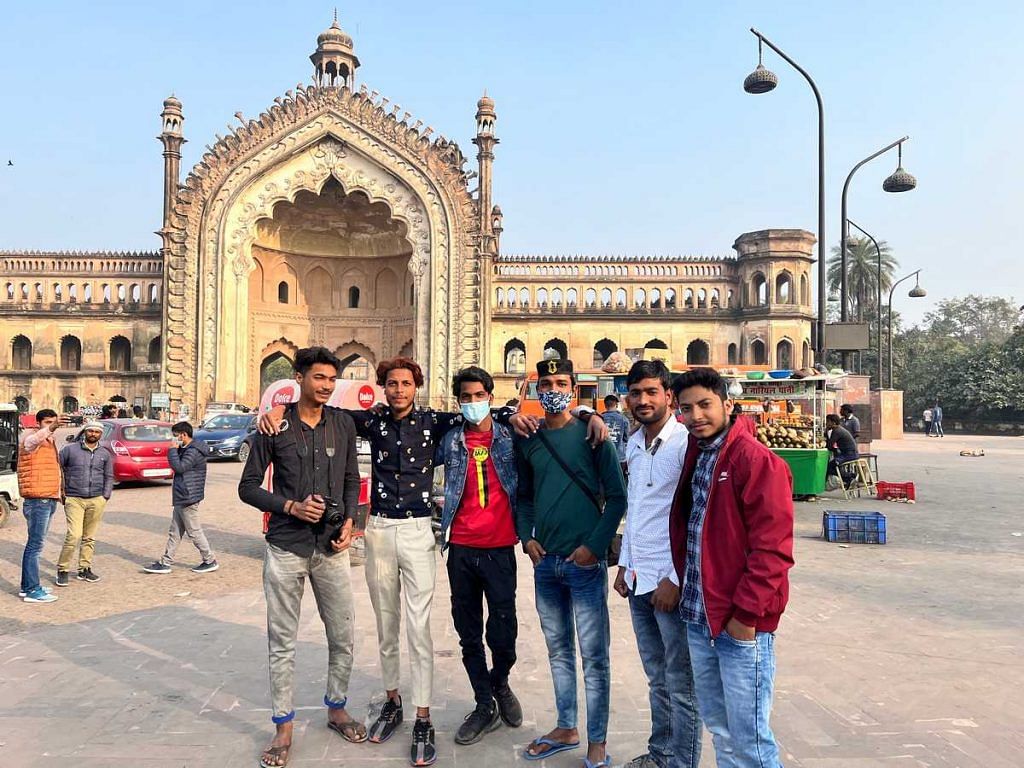
“Jio recharge and Vivo-Oppo phones are required to run one’s life. There are no good jobs in the market. Colleges are also not functional. So, I picked this job for personal, mobile, and other expenses,” Ahmad Khan, 19, said.
For the younger generation — teens and children — this kind of lifestyle, of posing for photos and roaming free much of the time, can seem quite glamorous, aspirational even.
Anuj Yadav, 16, lives in Poore Suradas village in Prayagraj and said he wanted to emulate the smartphone-brandishing youth that he sees around him. One month ago, he finally saved enough money from his job selling milk and bought a Vivo 423 for Rs 14,000. Inside his phone cover, he has stashed Rs 40. “By the time, I will get that message — recharge your pack — I will have enough money to top up my phone,” he explained.
“I want to upload Facebook stories. That is all,” an 8th class student from the same village said when asked about what he wants to do in his life. For now, though, he is happy to hunt for hotspots with his friends so they can play digital games together, without even looking at each other.


